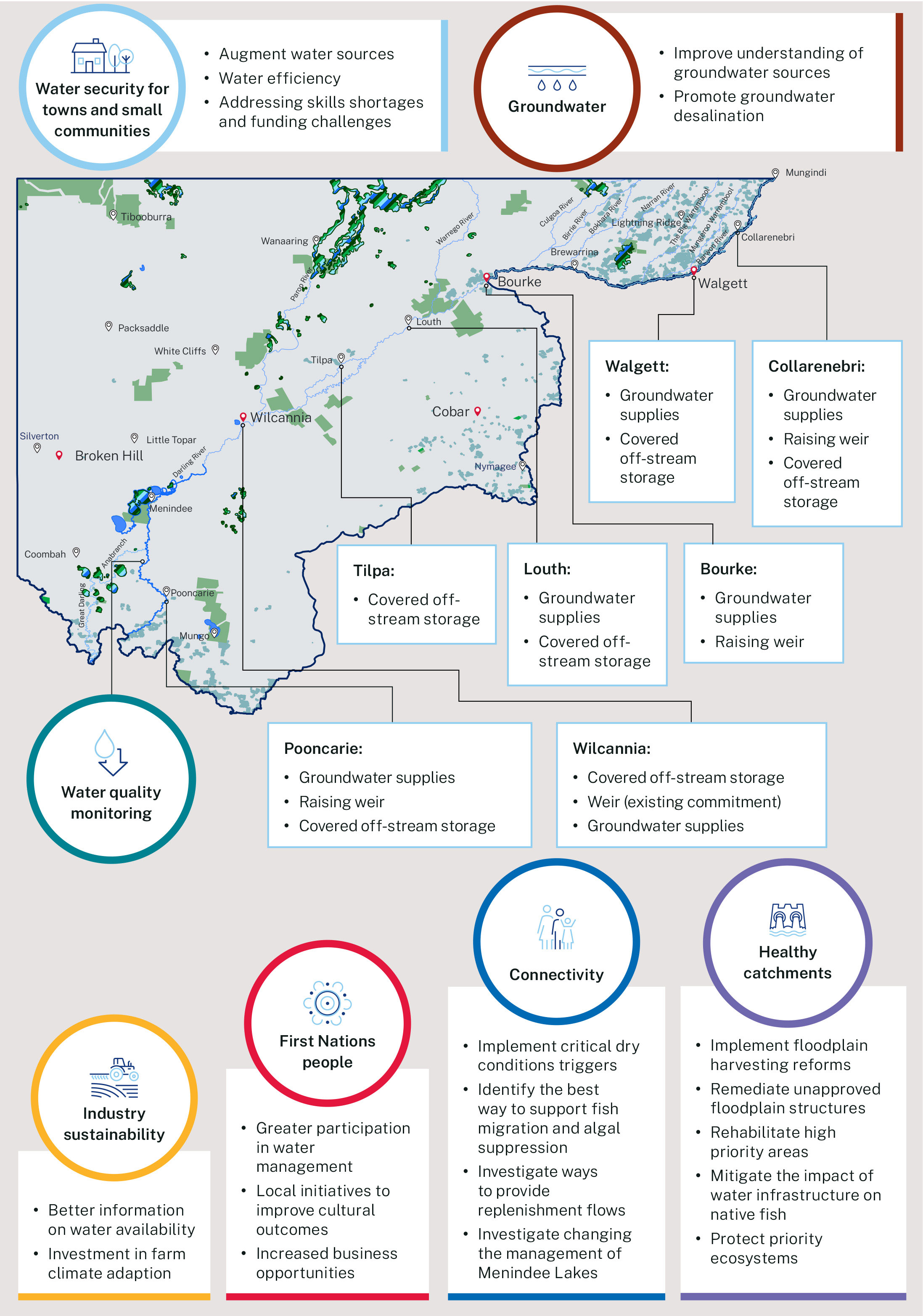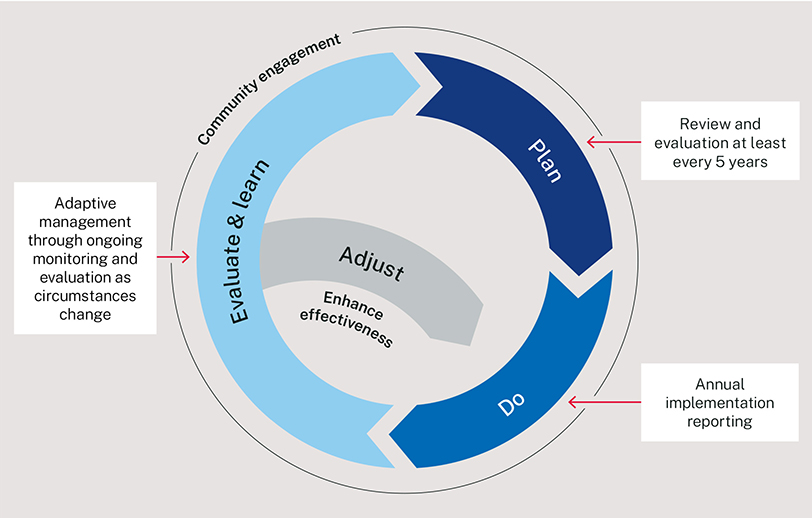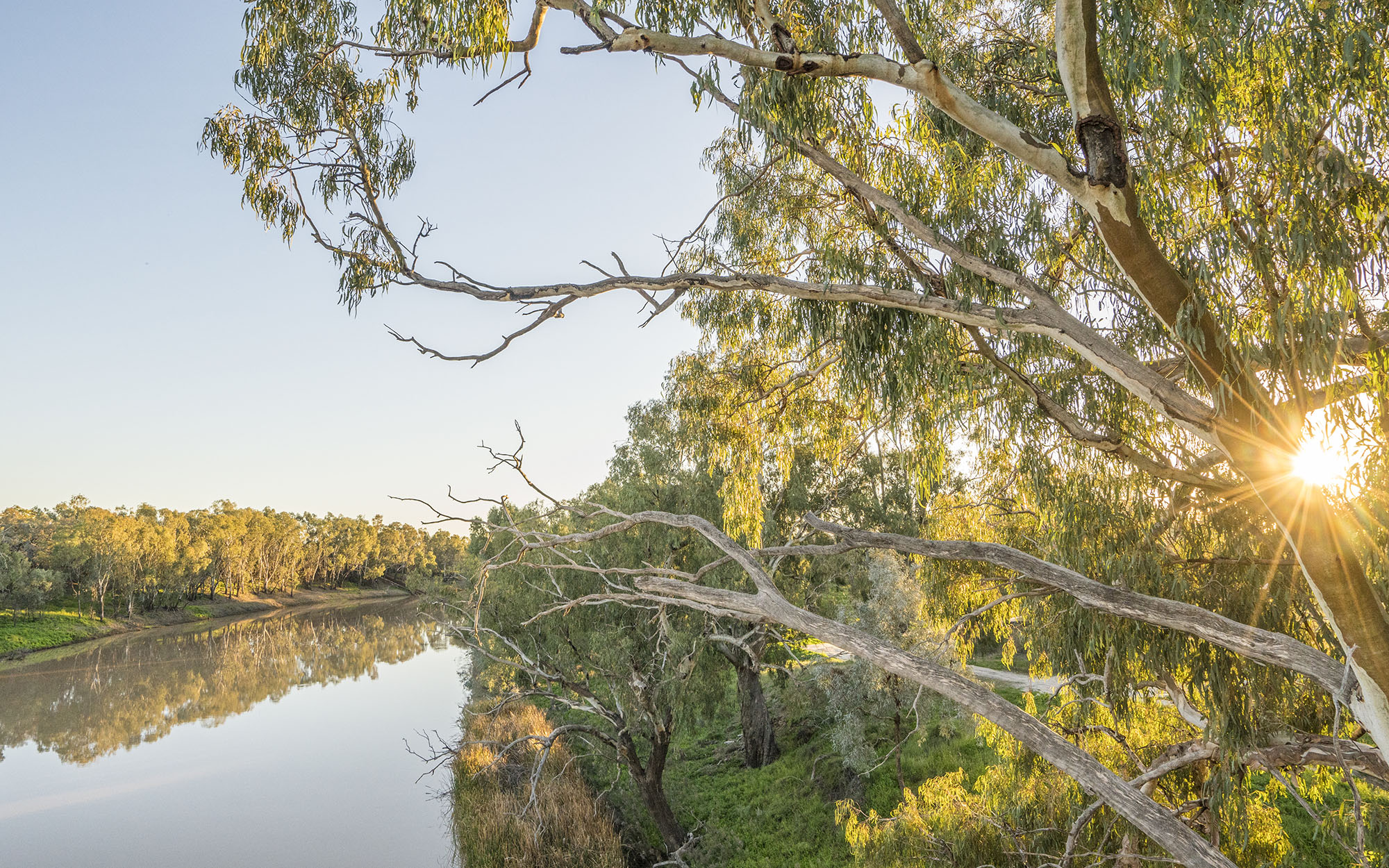The Western Regional Water Strategy and how it will be delivered is set out in the following strategy and implementation plan documents:
- Western Regional Water Strategy (PDF, 17199.81 KB)
- Western Regional Water Strategy Executive Summary (PDF, 5892.29 KB)
- Western Regional Water Strategy Implementation Plan (PDF, 2568.58 KB)
- Attachment 1: Summary of the options assessment (PDF, 1599.58 KB)
- Attachment 2: Assessment of modelled options (PDF, 2830.23 KB)
- Attachment 3: Additional analysis on the Menindee trigger options (PDF, 999.97 KB)
- Attachment 4: Analysis of restricting upstream licences to meet algal suppression and fish migration targets in the Barwon-Darling River (PDF, 5,500 KB)
- Attachment 5: Analysis on replenishment flows (PDF, 2300 KB)
About the Strategy
Secure, reliable and resilient water sources are critical to regional communities in NSW. The best and latest climate evidence, along with a wide range of tools and solutions, has been used to chart a progressive journey for our water needs for the next 20 years and beyond.
We have prioritised 20 actions that can help to improve the Western’s readiness to adapt to a more variable climate.

How the strategy was developed
To develop this strategy, the NSW Government undertook significant research, analysis and consultation with industry, communities, and water managers. The department sought input for the development of the strategy through a range of targeted engagement sessions and a round of public exhibition.
Document library and past engagement
Connectivity
The NSW Government has made a number of changes to improve water flowing across connected systems at important times. As part of developing the Western Regional Water Strategy we undertook significant analysis to better understand what further action we could take to improve these flows in the northern NSW Murray Darling Basin.
We now have a plan to continue this work and support communities across all of NSW. A summary of the plan to improve water flowing across connected systems at important times and evidence that sits behind it is available in the following video and powerpoint presentation (PDF, 2100.46 KB).
We will undertake further analysis and consultation to support the implementation of this plan and inform the changes that may need to be made to flow targets in water sharing plans to improve water flowing across connected catchments.
Connectivity Expert Panel
The Independent Connectivity Expert Panel has been appointed by the Minister for Water to review the analyses the department have undertaken to improve connectivity and to provide an independent assessment of its adequacy.
Hydrologic modelling
The department is undertaking further hydrological modelling of critical dry condition and in-valley trigger levels. This modelling builds on the modelling that underpins the Western Regional Water Strategy.
Watch the recorded webinar
Thursday, 15 December 2022 – overview of video.
Monitoring and reporting
The strategy is designed to respond to changing circumstances. We will undertake a formal review of the strategy at least every 5 years or in response to significant changing conditions and government priorities.
Each year, we will report on our progress in implementing the strategy actions. This will provide transparency to the community, and allow us to show what we have achieved and what we will deliver in the future.

